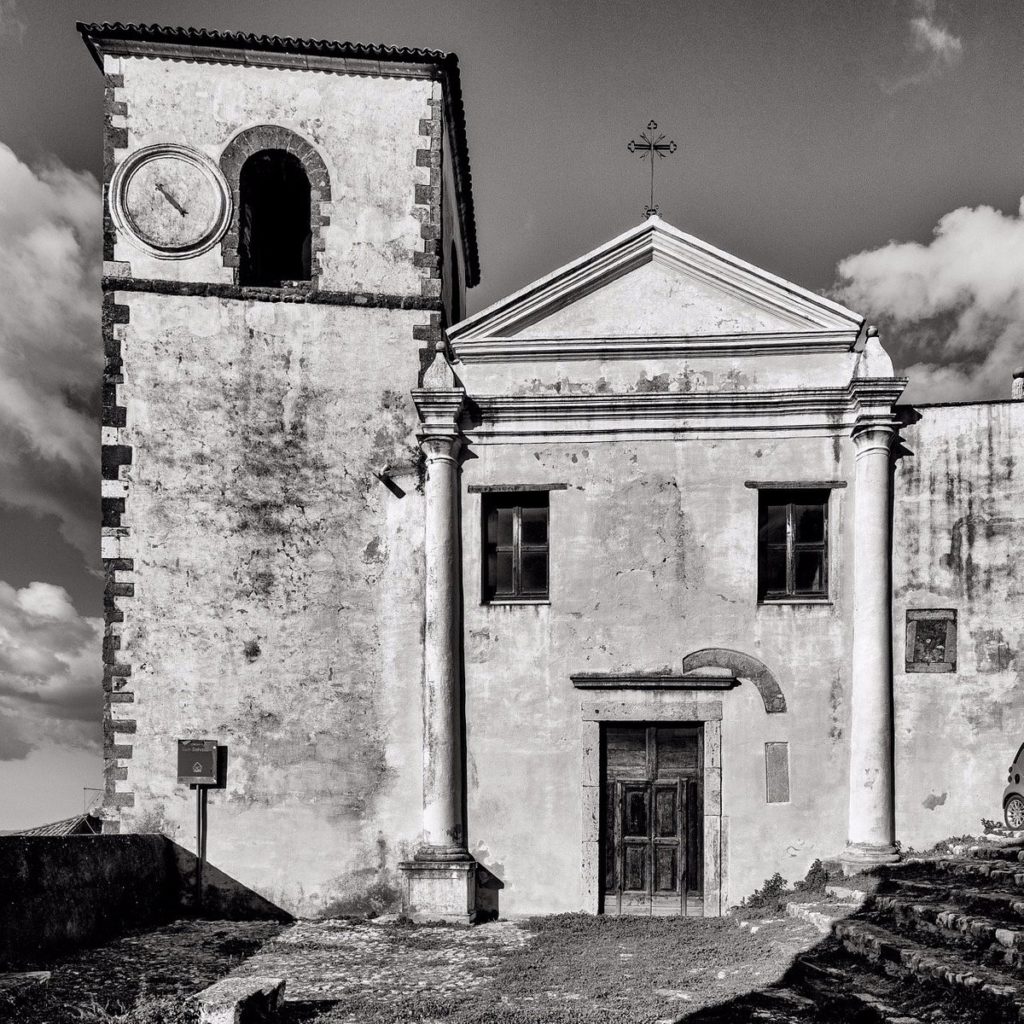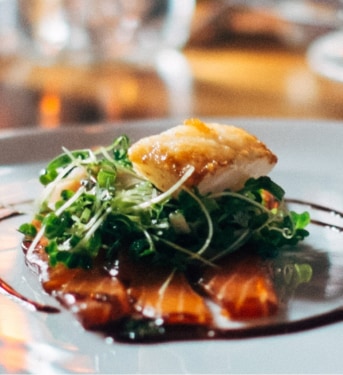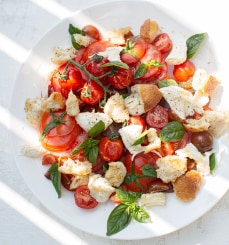
Dioscuri’s Temple
The area of the ancient Cora’s forum is identified in the lower city (Cori valle), at the center of a vast urban sector divided into three terraces, the median, supported by a mighty I manner polygonal wall, is certainly the oldest, dated to the beginning of the 5th century B.C. This large rectangular area had to hold the most important city’s public buildings, then incorporated and partly reused in middle-age and modern masonry. At the southeastern end are still visible the monumental ruins of the Dioscuri’s temple, one of the oldest and most important sanctuaries of the city.







